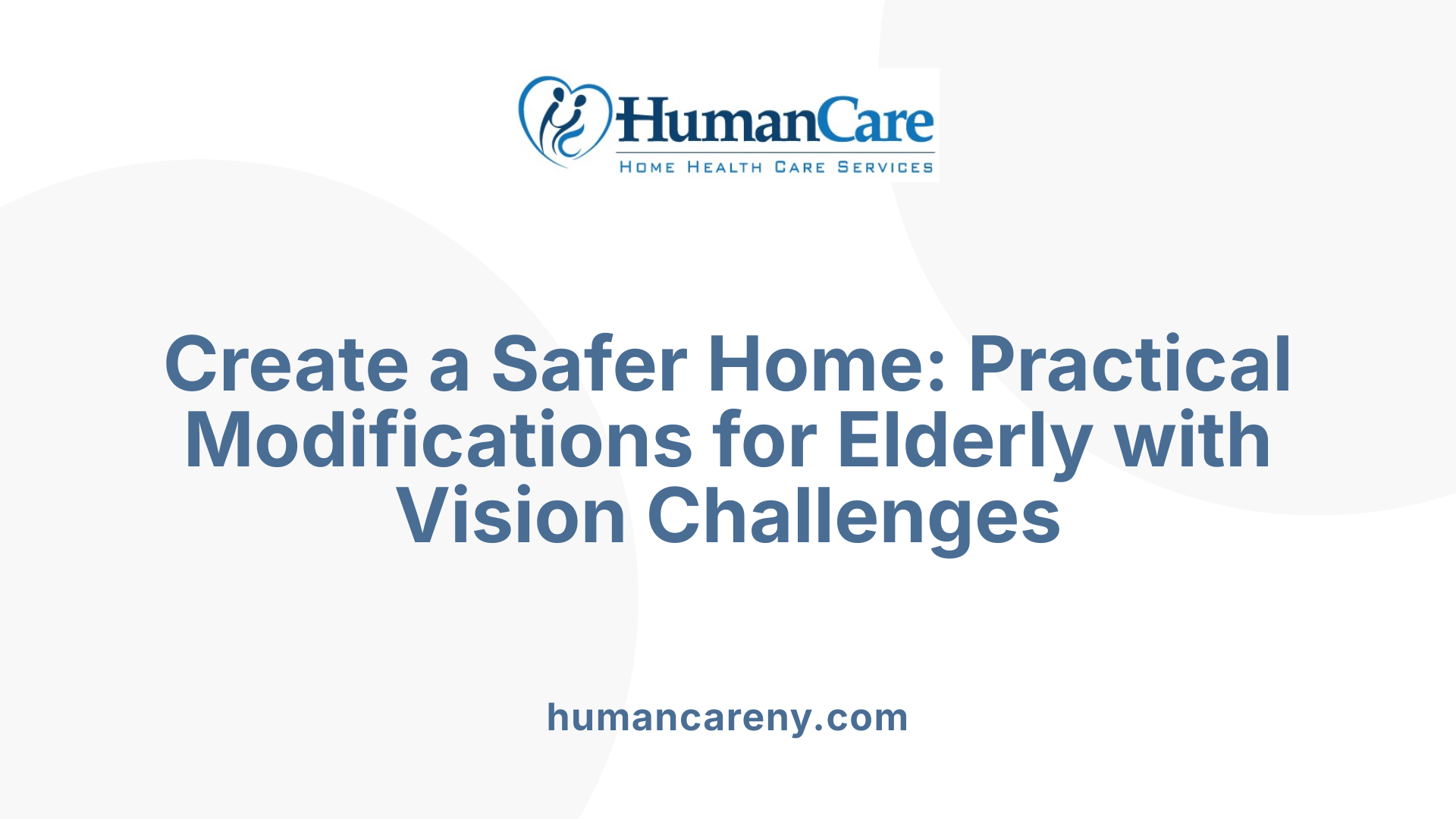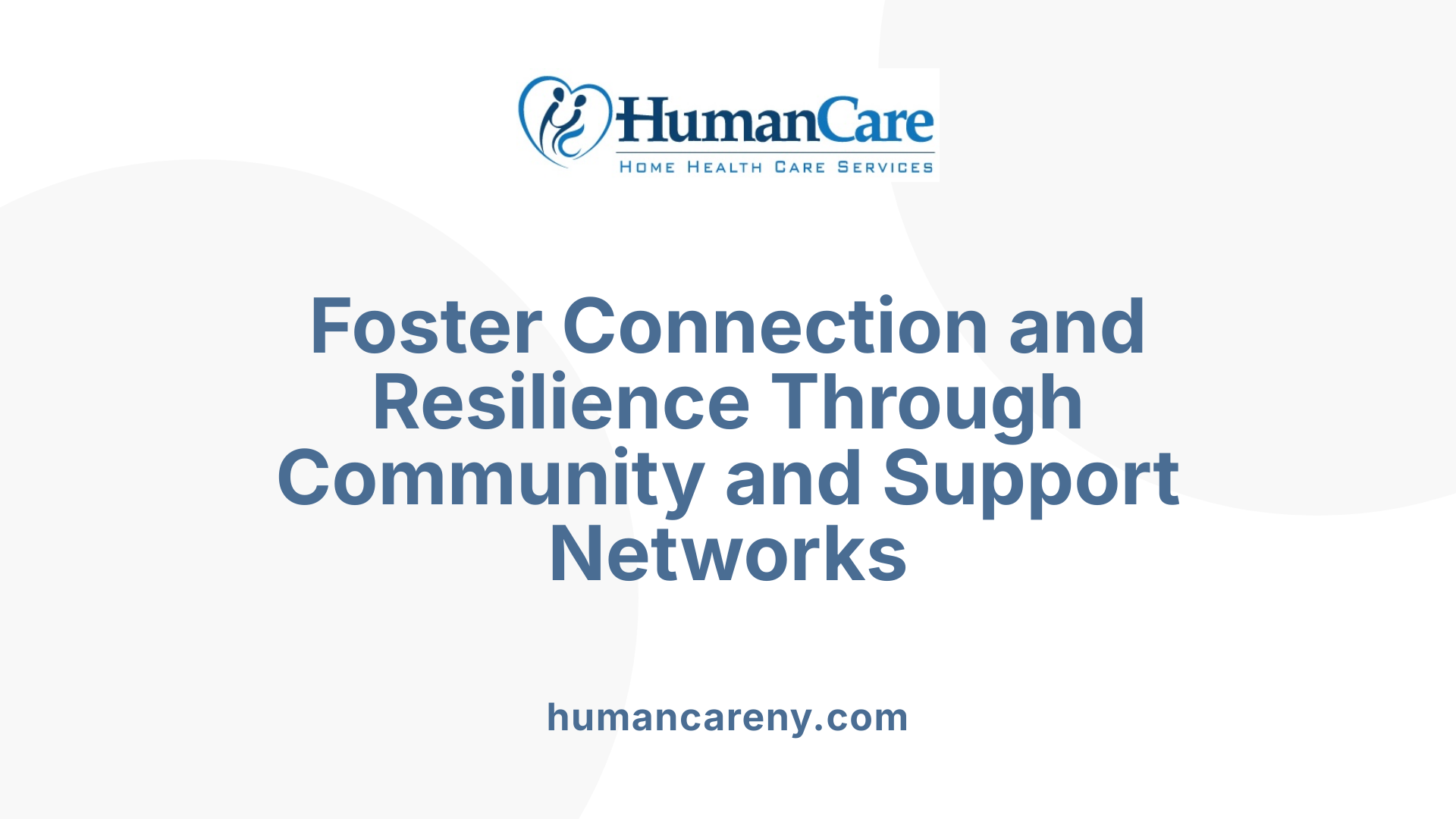Supporting Elderly with Vision Loss at Home
As the population of aging adults grows, so does the importance of specialized homemaking services that cater to their unique needs, especially those living with vision impairment. These services play a vital role in promoting safety, independence, and quality of life by offering tailored assistance, home modifications, and emotional support. This article explores how homemaking services comprehensively support elderly individuals with vision challenges, ensuring they can maintain their autonomy in their own homes.
Comprehensive Assistance with Daily Tasks

What practical tools and approaches can help manage vision impairment at home?
Managing vision impairment at home requires a combination of adaptive tools and environmental modifications. Using magnifiers and large-print materials makes reading and viewing essential information easier. Contrasting colors on household items and for safety markings help distinguish objects and hazards. Tactile labels—such as raised stickers—aid in identifying appliances, medication bottles, and kitchen items.
Good lighting is vital; bright, glare-free lighting, especially under-cabinet lights and night lights, enhances visibility. Removing clutter and creating clear pathways reduces fall risks. Installing grab bars near the toilet and in the shower area provides additional support during personal care activities.
Vision rehabilitation specialists play a crucial role by offering training in daily living skills tailored to individuals’ needs. Assistive technologies—like voice-activated devices, screen readers, and electronic magnifiers—further support independence. Orientation and mobility training helps individuals navigate their home and community safely. These combined tools and strategies foster a safer, more accessible living environment.
How do homemaking services support the independence and safety of elderly individuals with vision impairment?
Homemaking services are essential in promoting safe and independent living for seniors with vision challenges. They assist with routine household chores, including cooking, cleaning, laundry, and grocery shopping, ensuring these tasks are completed safely and efficiently.
A significant aspect of these services involves assessing and improving home safety. Care providers may recommend better lighting, contrasting markings, or rearranged furniture to minimize fall hazards. They organize household items so that seniors can locate things by touch or memory, increasing independence.
Moreover, homemakers help implement environmental modifications, such as installing tactile markers, moving heavy or sharp objects out of reach, and labeling items with large print or braille. They also support medication management and meal preparation, reducing the risk of accidents or health issues.
By combining daily task assistance with safety assessments and modifications, homemaking services help elderly individuals with visual impairments maintain their independence while ensuring their safety at home.
Environmental Modifications and Safety Measures

What safety measures can be used to prevent falls and hazards for elders with sight issues?
To enhance safety for visually impaired seniors, a combination of environmental modifications and vigilant practices is essential. Proper lighting is fundamental; installing night lights in bedrooms, hallways, and bathrooms ensures visibility during nighttime. Bright, contrasting accents on stair edges and doorframes help distinguish steps and entries.
Removing clutter and securing loose carpets reduce tripping risks. Clear pathways without furniture obstructions are vital, and rearranging furniture to create unobstructed corridors supports safe navigation. Supporting features like grab bars in bathrooms and handrails along stairs offer additional stability. Encouraging the use of sturdy, non-slip footwear minimizes slips.
Regular eye examinations and reviewing medications for side effects can also improve visual clarity. Incorporating exercises like tai chi promotes balance and strength. Combining these safety strategies fosters a secure environment that minimizes the risk of falls and injuries.
What resources, programs, and support systems are available for elderly individuals with vision loss?
Support for seniors with vision impairment is available through various national and local organizations. The Chicago Lighthouse, American Foundation for the Blind, and the National Federation of the Blind provide a range of assistive devices, adaptive technology, and advocacy services.
Local agencies such as the Blind Service Association offer counseling, transportation, and low vision rehabilitation programs to help individuals adapt to vision loss. The Older Individuals who are Blind (OIB) Program delivers independent living skills training, orientation and mobility, and peer support, empowering seniors to maintain autonomy.
Community initiatives focus on social engagement and recreational activities, helping prevent isolation. Online support groups and virtual resources connect seniors and caregivers with ongoing assistance, making them accessible regardless of mobility limitations. These resources collectively support the well-being and independence of elderly individuals facing vision challenges.
Environmental modifications to aid seniors with impaired vision
| Modification Type | Description | Benefits |
|---|---|---|
| Lighting enhancements | Use of night lights, under-cabinet lighting, and glare reduction measures | Improved visibility, reduced fall risk |
| Tactile markers and contrast edges | Braille or textured labels, contrasting colors on stairs and doorframes | Better item and hazard recognition, safer navigation |
| Home decluttering | Removing unnecessary furniture, organizing items based on touch or memory | Easier movement and locating objects, safer home |
| Bright colors and accents | Incorporating contrasting and bright colors on household items and edges | Increased visibility and independence |
| Fall prevention modifications | Grab bars, handrails, non-slip mats, and footwear | Minimized risk of slipping or falling |
How these modifications contribute to safety and independence
Implementing these environmental changes ensures that seniors with low vision can move safely and confidently within their homes. Bright colors and contrast help distinguish hazards and essential items, reducing confusion and the likelihood of trips. Tactile markers and large-print labels support identification through touch, aiding in daily activities.
Removing tripping hazards like loose rugs and maintaining clear pathways allows for easy navigation. Supportive installations like grab bars and handrails provide vital stability, especially in high-risk areas such as bathrooms and stairs. Proper lighting, including night lights and avoiding glare, drastically improves safety during low-light conditions.
Combined, these modifications not only prevent accidents but also foster a sense of independence, enabling seniors to perform daily tasks with less assistance, ultimately improving their quality of life.
Resources and programs for supporting elderly with vision impairment
| Resource Type | Description | Access Details |
|---|---|---|
| National organizations | American Foundation for the Blind, NFB, and The Chicago Lighthouse | Websites providing assistive tech and advocacy info |
| Local services | Blind Service Association, Aging services, local rehabilitation programs | Community-based support, counseling, and training |
| Support programs | Older Individuals who are Blind (OIB), community support groups | Training, peer support, and independent living skills |
| Support networks | Caregiver Action Network, Covia Well Connected | Emotional support, community connections |
| Transportation programs | Rides in Sight, GoGoGrandparent | Mobility assistance to medical appointments |
| Assistive devices and training | Vision aids, magnifiers, contrast materials, accessibility workshops | Help in daily living and environmental adaptation |
These resources collectively enhance safety, promote independence, and encourage social engagement for seniors with vision loss, ensuring they lead active and fulfilling lives.
Tools, Aids, and Technologies for Home Management

What practical tools and approaches can help manage vision impairment at home?
Managing daily life with visual impairment can be challenging, but a variety of tools and modifications can promote independence and safety. Magnifiers, whether handheld or stand-mounted, help seniors read labels, prescriptions, and documents more easily. Large print materials—such as books, menus, and labels—also facilitate reading without strain.
High-contrast labels and markings are essential for identifying everyday items quickly. These labels often use bold, contrasting colors and large fonts to improve visibility. Electronic devices equipped with accessible features, like smartphones with large screens, voice commands, and screen magnification, further support communication and task management.
Assistive technology has advanced significantly; voice-activated systems like smart speakers can set reminders, control home appliances, or make calls through simple voice commands. Screen readers convert text to speech, aiding those with very low vision in accessing digital content. Smart home systems allow for automation of lighting, temperature, and security features, making navigation safer and more intuitive.
Environmental adjustments are crucial — including bright, glare-free lighting in crucial areas, and tactile markers on switches, appliances, and frequently used objects to help locate them by touch. Vision rehabilitation specialists can provide training and demonstrations on effectively using these tools, ensuring users maximize their benefits for everyday independence.
Supporting Emotional and Social Well-Being

How do homemaking services support the independence and safety of elderly individuals with vision impairment?
Homemaking services play a crucial role in maintaining independence and ensuring safety for elderly individuals with vision impairment. These services assist with daily routines such as cooking, cleaning, laundry, and errands, which might be challenging or dangerous for those with limited eyesight. They also help organize household items, label them with large print or high-contrast labels, and create a clutter-free environment to prevent falls.
Additionally, homemaking providers help improve home safety by installing tactile markers, enhancing lighting, and removing hazards like sharp or heavy objects. They support navigation by suggesting contrast-enhancing modifications and assist with mobility techniques, thereby reducing the risk of falls and injuries.
Beyond physical support, these services offer emotional companionship and guidance—reassuring clients about their environment, encouraging participation in social activities, and connecting them with community resources and support groups. This comprehensive approach helps seniors feel more secure, confident, and engaged, significantly contributing to their mental well-being.
What is the best way to assist someone with a visual impairment in social or clinical settings?
Assisting someone with a visual impairment in social or clinical settings requires respectful, clear, and considerate communication. First, always introduce yourself upon approaching, and ask before offering help. Use descriptive language to explain surroundings, such as describing the layout of a room or the location of objects.
Supporting independence is vital; encourage the individual to use their own navigation strategies, whether employing a cane, guide dog, or assistive devices. Respect their personal space and preferences, and avoid sudden movements or touching unless necessary.
Be mindful of assistive tools like guide dogs and ensure they are treated with respect—avoid distracting or petting them while working with the person. Using courteous language, gentle tone, and patience fosters trust and comfort, creating an environment where individuals can navigate confidently and participate fully in social or clinical interactions.
Supporting Emotional and Social Well-Being
Fostering emotional and social health among visually impaired seniors involves creating opportunities for engagement and connection. Support groups, both local and virtual, offer companionship, shared experiences, and practical advice, helping reduce feelings of isolation.
Encouraging participation in social activities tailored to the needs of those with low vision can boost self-esteem and prevent loneliness. Engaging in hobbies with adaptations, such as audiobooks, large-print books, or tactile arts and crafts, can be enriching.
Providing emotional support through regular conversations, active listening, and positive reinforcement enhances resilience. Caregivers and family members play a vital role by offering patience, understanding, and celebrating the strengths and achievements of visually impaired seniors.
Connecting clients with peer support groups and community resources
Connecting elderly individuals with peer support groups, like the American Council of the Blind or local community organizations, provides a network of understanding and encouragement. These groups often host social events, educational workshops, and advocacy programs that empower seniors.
Community resources such as transportation services—Rides in Sight and GoGoGrandparent—help seniors access medical appointments, social outings, and errands, reinforcing independence and social participation.
Healthcare resources, including vision rehabilitation specialists and counseling services, assist in managing emotional reactions to vision loss. Support programs like the Older Individuals who are Blind (OIB) program offer independent living skills training and community involvement opportunities.
Overall, a comprehensive approach that combines emotional support, social engagement, accessible information, and connection to community resources helps visually impaired seniors lead fulfilling, connected lives.
Empowering Seniors Through Adaptation and Support
Homemaking services are integral to empowering elderly individuals with vision impairment, fostering their independence, safety, and overall well-being. Through tailored assistance, environmental modifications, and emotional support, these services help seniors navigate their homes confidently and maintain active, engaged lifestyles. As awareness and resources expand, the focus on holistic, individualized home care will continue to improve quality of life for seniors with visual challenges, ensuring they live safely and with dignity in their own homes.
References
- Home Care Support for Blind and Visually Impaired
- Elder Care Strategies for Visually Impaired Seniors - Visiting Angels
- 7 Tips for Caregivers of Blind Individuals: Providing the Best Care ...
- Resource List for Supporting Individuals Who Are Blind/ Low Vision
- Assisted Living Options for People with Vision Impairments
- Older Blind/Project Independence | Georgia Vocational ...
- Simple Changes That Make Aging in Place Safer for Those with Low ...
- Caring for an Older Loved One With Visual Impairment - Right at Home



